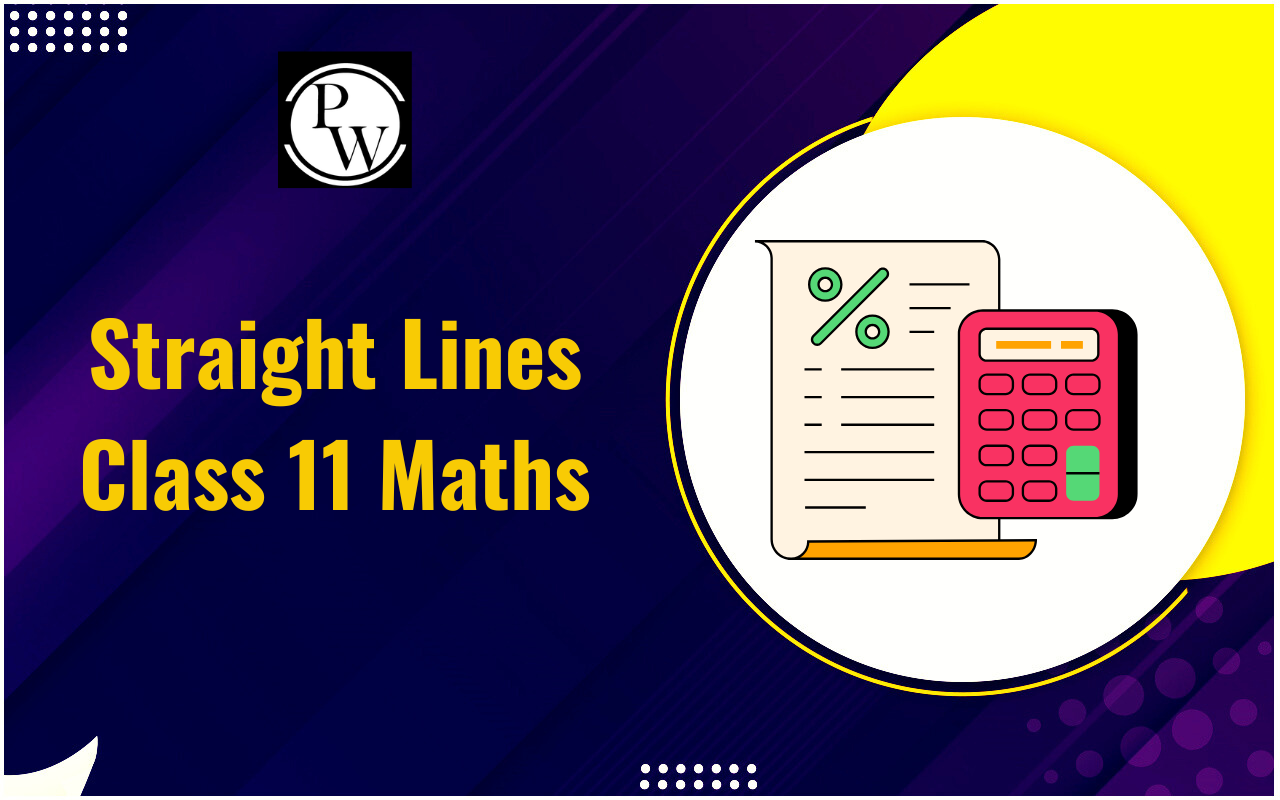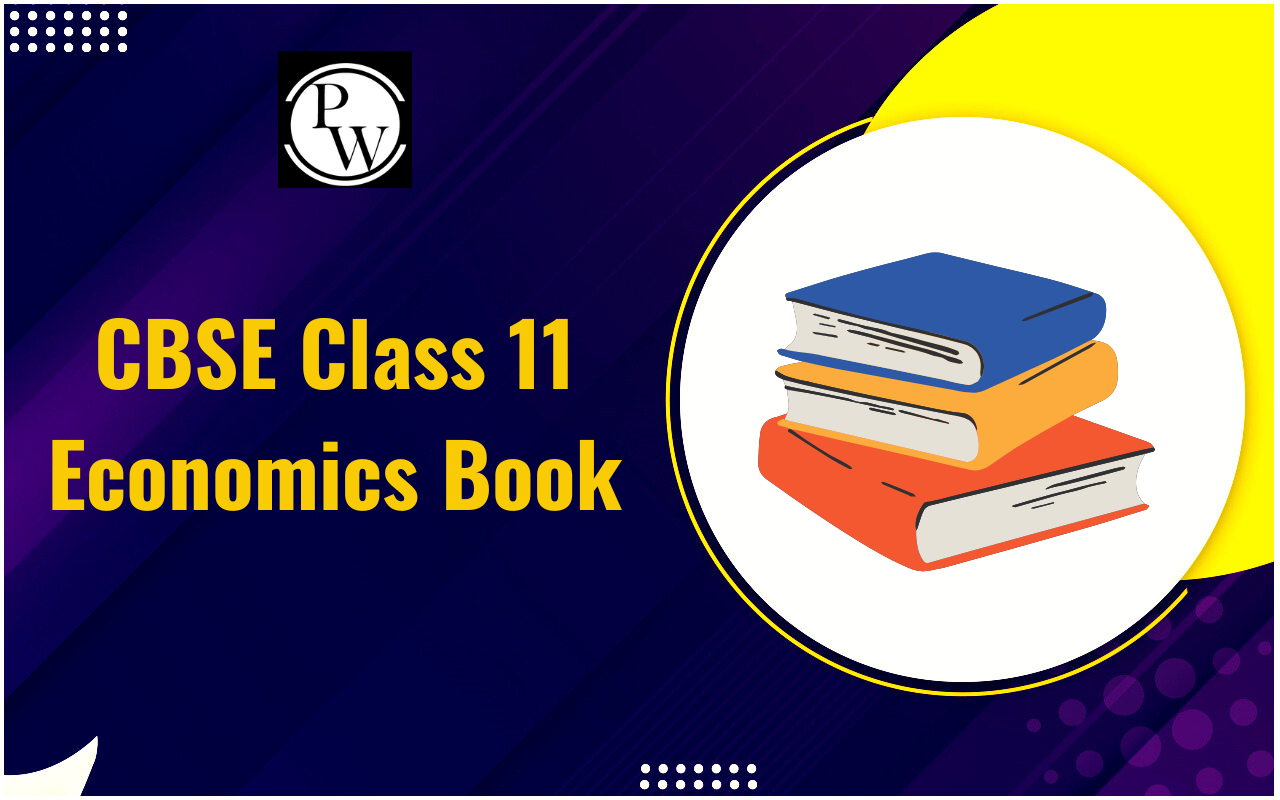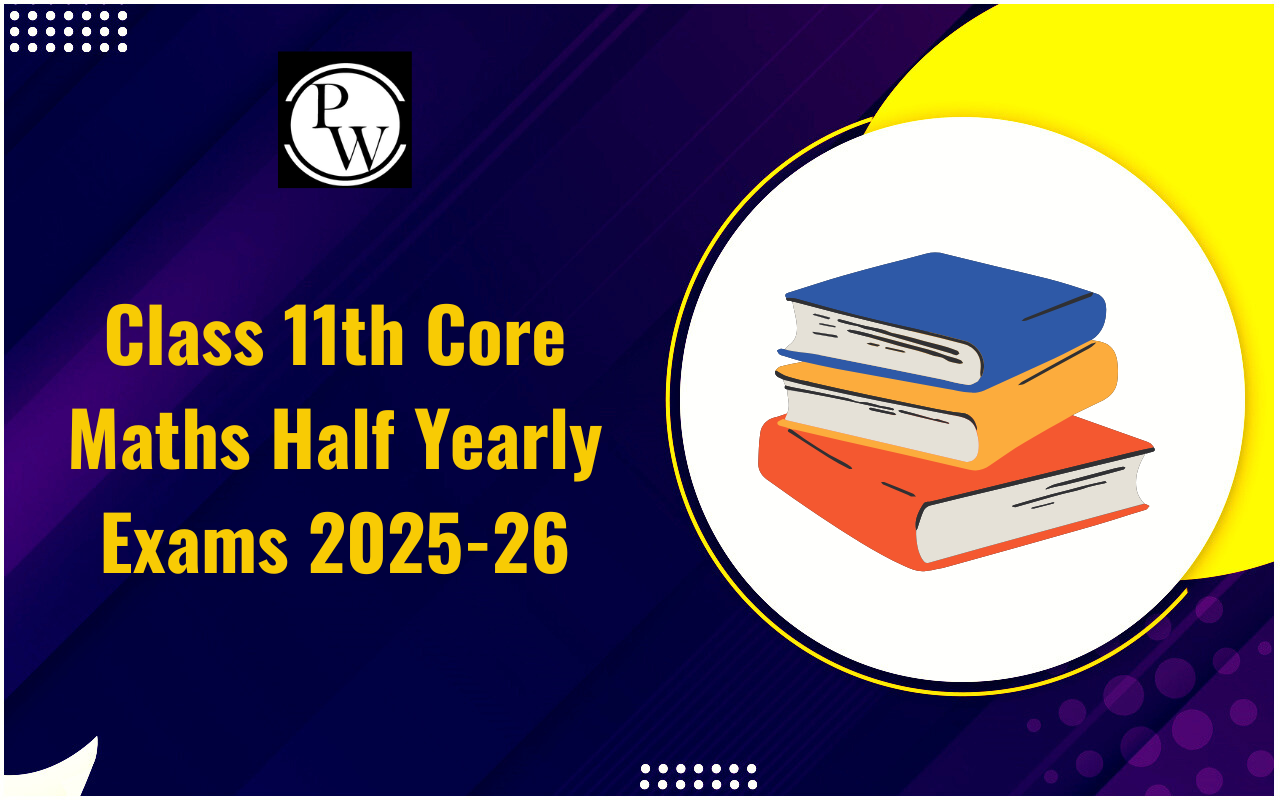
Physical distribution is an important aspect of the marketing process. Its activities are focused on moving raw materials from suppliers to manufacturers and from manufacturers to end consumers or users. Marketing entities like merchants, dealers, and others majorly handle these distributions, playing a crucial role in maintaining product flow and physically delivering it to consumers' homes or stores.
Studying physical distribution in business studies involves understanding the key principles, strategies, and techniques used to optimise the distribution of products within a supply chain. Students learn the importance of effectively managing logistics to ensure timely delivery, minimise costs, and maximise customer satisfaction. Check out the article to learn more about physical distribution, its meaning, steps, and key features.Physical Distribution Meaning
Physical distribution, often called logistics, is the comprehensive process of efficiently managing the movement and flow of goods and products from their origin to their final destination. This involves transporting goods from the production site to the end consumer. The major roles of logistics include customer support, material handling, inventory control, order processing, protective packaging, warehouse selection, transportation, and warehousing. Additionally, physical distribution is a component of a broader process known as distribution, which includes various functions such as retail and wholesale marketing alongside the physical movement of products. Physical distribution ensures that products reach customers on time and cost-effectively while minimising waste and customer satisfaction.Steps of Physical Distribution
Understanding the steps of physical distribution is essential. This process ensures that products are delivered to customers efficiently, cost-effectively, and highly satisfied. Physical distribution involves coordinating various activities to move goods from the point of production to the final consumer, aligning with business goals and customer expectations. Here are 3 steps for Physical Distribution Step 1: Establish Objectives The primary goal of the physical distribution function is to ensure that the end product is delivered to the final user promptly, in the right quantity, and at the right location. The level of customer service provided through this function can vary. Achieving 100% customer satisfaction indicates that consumers are happy and satisfied with the final product's service and quality. Step 2: Examine Cost Trade-Offs Evaluate the cost trade-offs for the components of physical distribution to determine how each element will be utilised and to what extent. This helps in optimising the distribution process. Step 3: Identify and Choose Design Alternatives A major challenge in developing the distribution design is incorporating the customer service objective into the design process. Management's judgment and experience will often dictate customer satisfaction levels that are acceptable to the firm.Key Features of Physical Distribution
The key features of physical distribution include several crucial aspects that ensure the efficient movement of goods from production to the end consumer:- Inventory Management: Effective physical distribution involves managing inventory levels to meet customer demand without overstocking or understocking. This includes maintaining the right amount of products at the right locations to ensure timely delivery and cost-efficiency.
- Warehousing : Warehousing is a crucial component of physical distribution. It involves strategically storing goods to facilitate quicker and more cost-effective deliveries. Efficient warehousing includes proper organisation, storage conditions, and security measures.
- Transportation: Transportation is the movement of goods from one location to another. Choosing the most efficient and cost-effective transportation methods is essential to ensure timely delivery. Depending on the nature of the goods and delivery destinations, this can include a mix of road, rail, air, and sea transport.
- Order Processing: Order processing includes receiving orders, picking and packing products, and preparing them for shipment. Efficient order processing systems are vital for accurate and prompt delivery and for minimising delays and errors.
- Packaging : Proper packaging protects products during transit and storage, ensuring they reach customers in good condition. It also involves considerations of cost, sustainability, and customer experience.
- Customer Service : Customer service in physical distribution involves communication with customers about their orders, handling inquiries and complaints, and providing solutions to delivery issues. High-quality customer service enhances satisfaction and loyalty.
Hindrance in Physical Distribution
Several hindrances can impede the smooth flow of physical distribution processes. These obstacles can arise from various supply chain and logistics network sources. Here are some common hindrances in physical distribution:- Inadequate Infrastructure : Poor transportation infrastructure, such as roads, railways, and ports, can significantly delay the movement of goods. Shortage of warehousing facilities can also lead to inefficiencies and increased costs.
- High Transportation Costs: Rising fuel prices and logistical expenses can escalate transportation costs, making it challenging to maintain cost-effective distribution. Additionally, inefficient route planning and vehicle maintenance issues can increase costs.
- Regulatory and Legal Issues: Complex regulations, customs procedures, and trade barriers can slow distribution. Compliance with various legal requirements across different regions can also add to the administrative burden.
- Supply Chain Disruptions : Unpredictable events like natural disasters, strikes, and geopolitical tensions can disrupt the supply chain, causing delays and shortages. Dependency on single suppliers or limited transportation routes can exacerbate these issues.
- Inventory Management Challenges: Poor inventory management can lead to overstocking or stockouts, which hinder efficient distribution. Inaccurate demand forecasting and inadequate inventory tracking systems contribute to these problems.
- Technological Limitations : Lack of advanced technology and automation in warehousing, transportation, and order processing can lead to inefficiencies. Outdated systems and poor integration with supply chain partners can slow down operations.
Physical Distribution in E-commerce
Even though e-commerce transactions occur online, physical distribution is crucial because it supports three key business objectives directly affecting your bottom line: faster shipping, reduced logistics costs, and high customer satisfaction.- Supports Faster Shipping Times
- Reduces Physical Distribution Costs
- Improves Customer Satisfaction
Begin your journey towards academic excellence in Commerce with our comprehensive Commerce courses . Master the CBSE syllabus with expert guidance and ace your exams. Enroll now!”
Physical Distribution FAQs
What is the essence of physical distribution?
Physical distribution involves the transfer of goods, products, and raw materials among warehouses, factories, and distribution centres, ultimately delivering finished products to customers.
What is the essence of physical distribution?
Physical distribution encompasses moving goods, products, and raw materials among warehouses, factories, and distribution centres, culminating in delivering finished products to customers.
What does "physical distribution" refer to?
Physical distribution pertains to the conveyance of finished goods from a company's distribution and fulfilment network to the end user. In e-commerce, physical distribution encompasses numerous supply chain activities, including warehousing, inventory management, order processing, retail fulfilment, and shipping.
Talk to a counsellorHave doubts? Our support team will be happy to assist you!

Free Learning Resources
PW Books
Notes (Class 10-12)
PW Study Materials
Notes (Class 6-9)
Ncert Solutions
Govt Exams
Class 6th to 12th Online Courses
Govt Job Exams Courses
UPSC Coaching
Defence Exam Coaching
Gate Exam Coaching
Other Exams
Know about Physics Wallah
Physics Wallah is an Indian edtech platform that provides accessible & comprehensive learning experiences to students from Class 6th to postgraduate level. We also provide extensive NCERT solutions, sample paper, NEET, JEE Mains, BITSAT previous year papers & more such resources to students. Physics Wallah also caters to over 3.5 million registered students and over 78 lakh+ Youtube subscribers with 4.8 rating on its app.
We Stand Out because
We provide students with intensive courses with India’s qualified & experienced faculties & mentors. PW strives to make the learning experience comprehensive and accessible for students of all sections of society. We believe in empowering every single student who couldn't dream of a good career in engineering and medical field earlier.
Our Key Focus Areas
Physics Wallah's main focus is to make the learning experience as economical as possible for all students. With our affordable courses like Lakshya, Udaan and Arjuna and many others, we have been able to provide a platform for lakhs of aspirants. From providing Chemistry, Maths, Physics formula to giving e-books of eminent authors like RD Sharma, RS Aggarwal and Lakhmir Singh, PW focuses on every single student's need for preparation.
What Makes Us Different
Physics Wallah strives to develop a comprehensive pedagogical structure for students, where they get a state-of-the-art learning experience with study material and resources. Apart from catering students preparing for JEE Mains and NEET, PW also provides study material for each state board like Uttar Pradesh, Bihar, and others
Copyright © 2025 Physicswallah Limited All rights reserved.
Get App









